8 bad habits that increase the risk of mold in your home – are you making these mistakes?
Whether you have issues with mold or not, don't unknowingly engage in common behaviors that encourage the development of mold and mildew
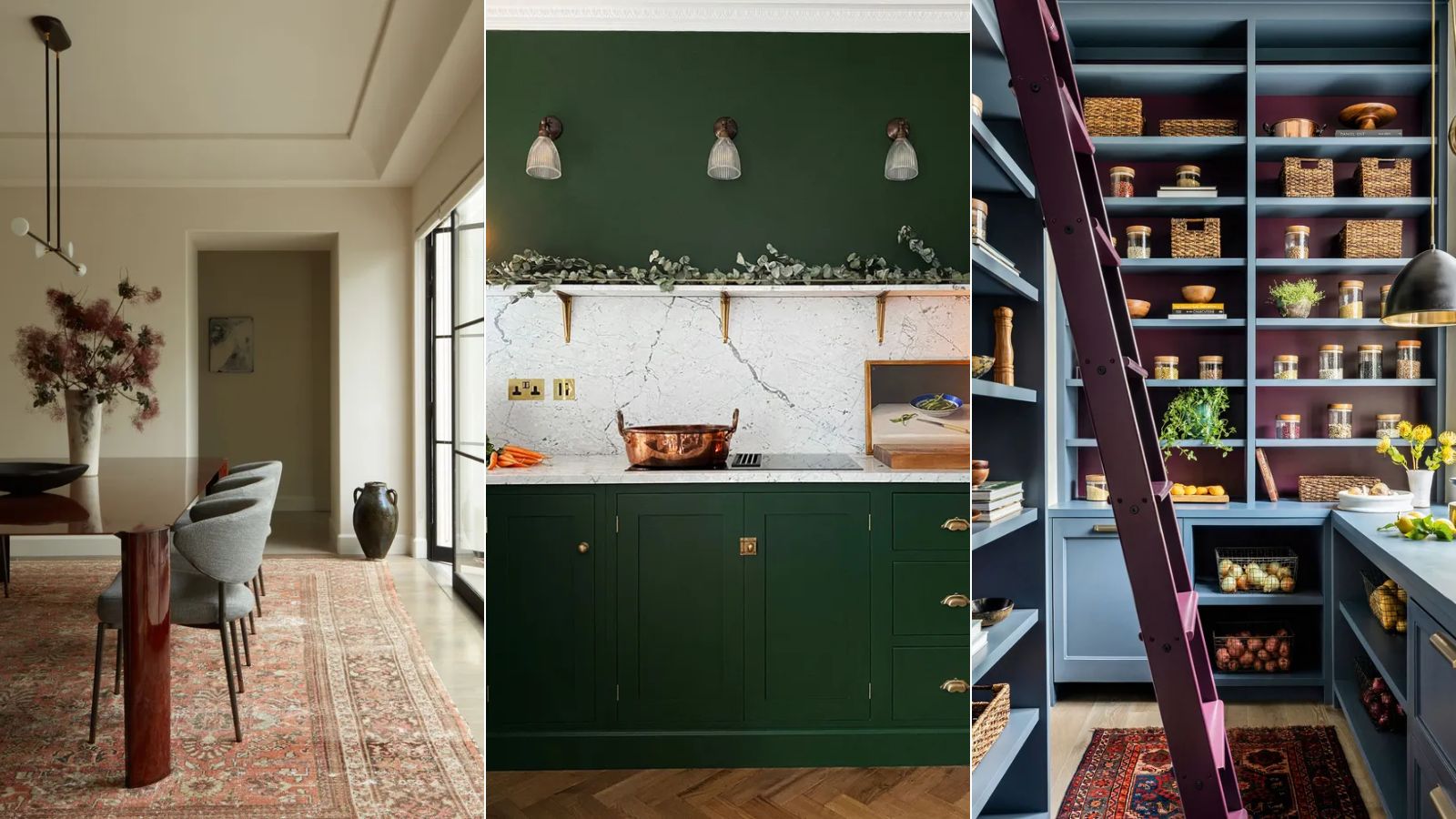

Everyday habits can inadvertently contribute to mold growth in our homes, and while certain behaviors may seem harmless, they can actually contribute to creating an environment where mold thrives.
A combination of poor ventilation, allowing moisture to build up, and careless daily habits can fuel mold growth. If left unchecked, these issues can pose serious health problems, and getting rid of mold can prove costly, so prevention is key.
Simply changing your daily habits and routines can protect your home from a mold infestation. Below, our experts explain the habits to avoid and preventative measures to deter mold development.
Habits that increase the risk of mold in your home
'It’s crucial for homeowners to be mindful of their daily habits and take proactive measures to mitigate moisture levels,' advises Matthew Jenkins, heating expert at MyJobQuote. 'By ventilating, cleaning properly, and maintaining a clutter-free environment, we can reduce the risk of mold infestation.
'Ultimately, understanding how our daily actions impact indoor moisture levels is key to creating a healthier and mold-free living environment.'
1. Allowing wet items to stay damp
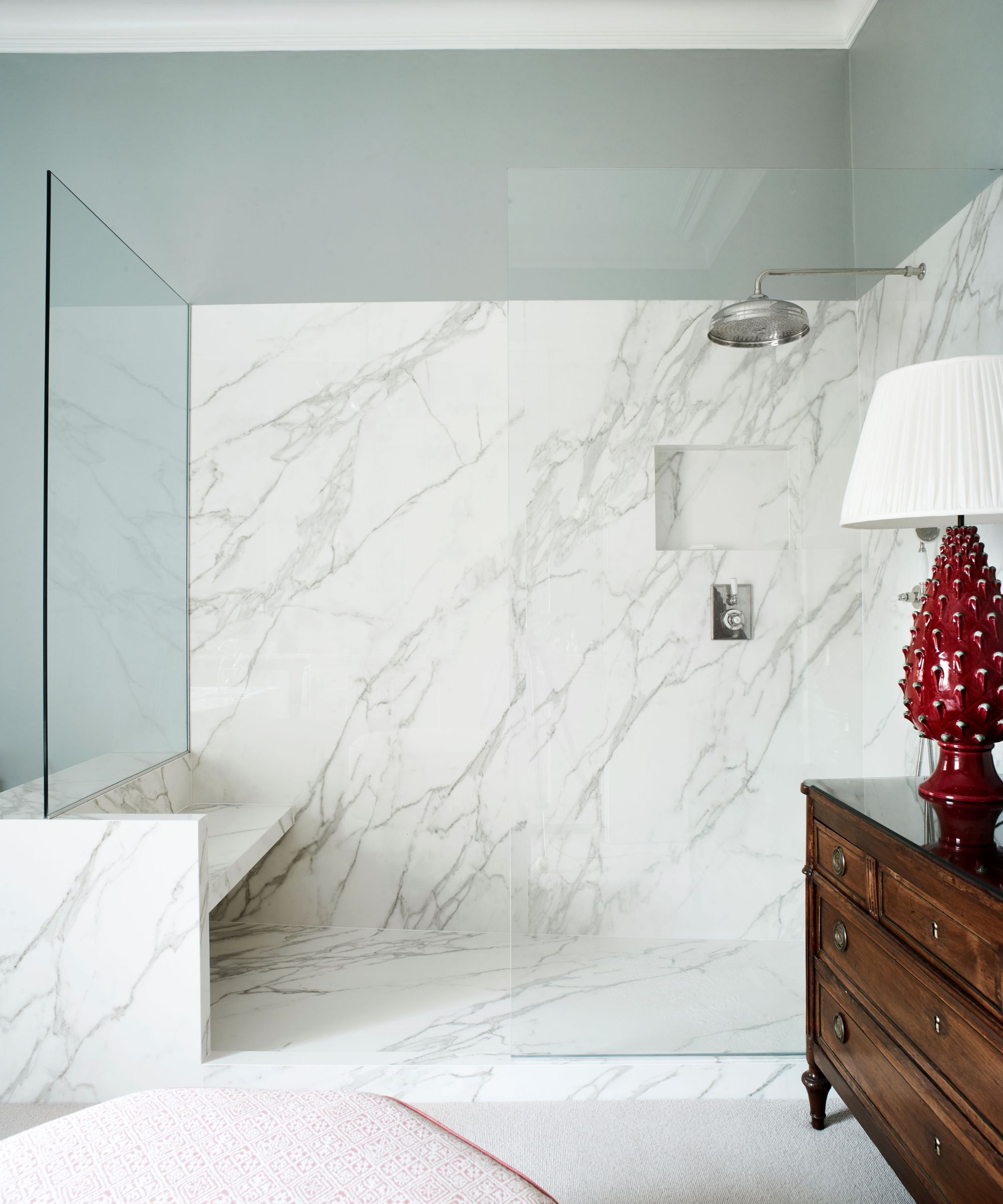
'Mold can grow in as little as 24-48 hours if a surface provides a food or moisture source. Keeping surfaces dry is key to maintaining a healthy indoor space,' explains Michael Rubino, mold and air quality expert, and Founder of HomeCleanse.
These are some bad habits to watch out for:
- Leaving a wet bath mat or towel on the floor instead of hanging it up to dry.
- Jumping out of the shower without squeegeeing it first.
- Leaving water on a countertop instead of wiping it up.
- Putting a toothbrush into its holder without shaking it off (or placing it into an enclosed holder).
- Going to bed with wet hair.
- Keeping the washing machine lid or door closed.
- Leaving laundry in the washing machine after the cycle.
- Putting away wet dishes.

Michael Rubino is a mold and air quality expert, environmental wellness advocate, and founder of HomeCleanse, a revolutionary company with the vision to end the worldwide health epidemic caused by poor air quality and toxic indoor environments. He is also president of Change the Air Foundation and Host of Never Been Sicker podcast.
2. Neglecting proper ventilation

Failing to ventilate basements, bathrooms, kitchens, and laundry areas properly can lead to excess moisture, which supports mold growth. Proper airflow is essential for maintaining dry conditions to prevent mold from thriving.
Consider whether you are doing enough to ensure adequate ventilation in areas that need it to prevent mold, and create moisture channels to help you tackle mold-prone spots.
Showering without airflow
'Jumping into a steamy shower without taking steps to create airflow allows humidity to build up in the bathroom. This creates an opportunity for microbial growth,' explains Michael Rubino.
'Before getting in the shower, turn on the bathroom exhaust fan. Also, leave the fan on for at least 30 minutes after showering and open a door or window to replace the humid air with dry air from outside the room.'
Cooking without using fans
Cooking or boiling water in the kitchen without using fans to extract steam can be a significant contributing factor to mold in the home. Steam rising from hot food or boiling pots adds a large amount of moisture to the air, causing condensation. This can eventually lead to dampness and mold forming in the kitchen if not properly ventilated, especially during the winter months.
Ensure that you use your kitchen extractor fan when cooking to keep condensation to a minimum. You should also open your windows during the warmer months to allow moisture to escape.
Leaving clutter around
'Having an overly cluttered and poorly organized space can stop airflow, making it challenging to check for mold growth and spot early signs,' warns Matthew Jenkins. 'This applies especially to areas that experience high levels of moisture, such as kitchens and bathrooms.
'Whether your clutter is piles of clothing, or just unused items lying around – these all create pockets of stagnant air where moisture can accumulate, fostering mold growth.
'Regularly decluttering and organizing any space can improve air circulation and therefore, minimize mold spores.'
Switching the HVAC from heat to air conditioning without having it serviced
Transitioning your HVAC system from heating to air conditioning, especially during seasonal changes, can increase the risk of mold growth in your home.
'Condensation can build up on the evaporator coil, creating ideal microbial growth conditions,' says Michael Rubino. 'Once established, the contaminated HVAC will blow microscopic particles throughout the home, lowering the indoor air quality. As such, ensuring it operates correctly and is not bogged down with issues like microbial growth is important.'
Rubino suggests routinely scheduling a professional to come in and service the HVAC in the spring and fall before switching the unit can help avoid this. The technician should test for mold while assessing the unit so that any problems can be resolved before blowing contamination throughout the home. They should also clean the coil, make sure the blower, furnace, and cabinets are clean, and ensure everything is operating correctly.
3. Keeping your curtains closed during the day

Since mold thrives in dark, warm environments, keeping curtains closed during the day can create an environment conducive to the development of mold.
Closed curtains mean a lack of natural light can enter the room, plus this will keep a space warmer by blocking ventilation. Also, thick curtains in particular can trap moisture against windows and adjacent surfaces, encouraging mold to grow.
Keep your curtains open during the day to allow plenty of natural sunlight in and prevent moisture from being tapped.
4. Storing food incorrectly
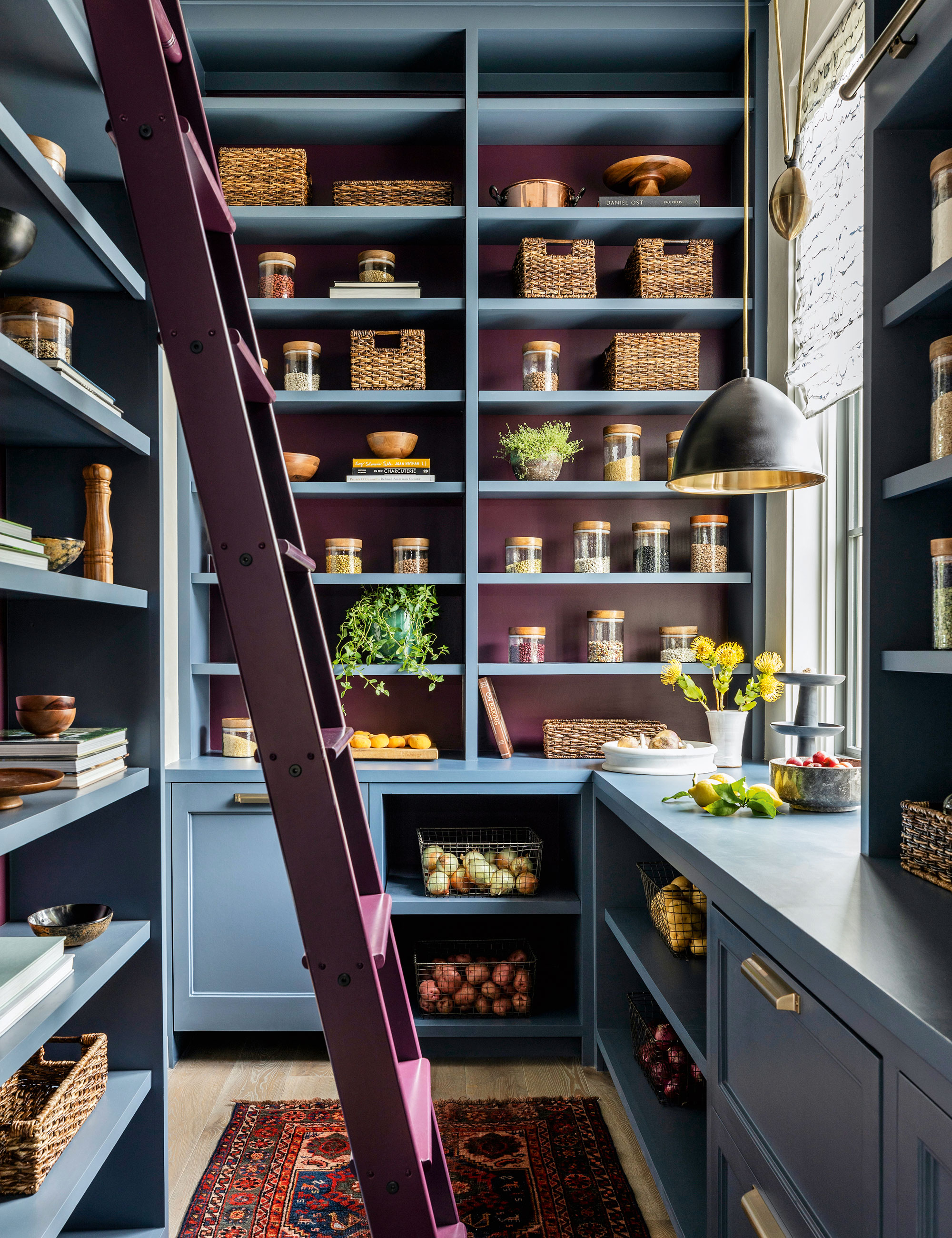
If your food is not stored and dealt with properly, mold will quickly follow. This is due to the high moisture content and nutrient-rich composition of many foods, and the chemical changes that occur during spoilage, all of which provide a source for mold spores to develop.
When certain food is not stored in airtight containers, moisture from the air can create a humid environment in the packaging, providing the ideal environment for mold to breed. This is what you can do to mitigate these issues:
- Make sure to store food in airtight containers where possible.
- Empty and clean your refrigerator drip pan regularly, as this can collect moisture and become a breeding ground for mold.
- Frequently check expiration dates and throw out expired food to prevent mold from forming.
- Store food items at the correct temperature to prevent spoilage.
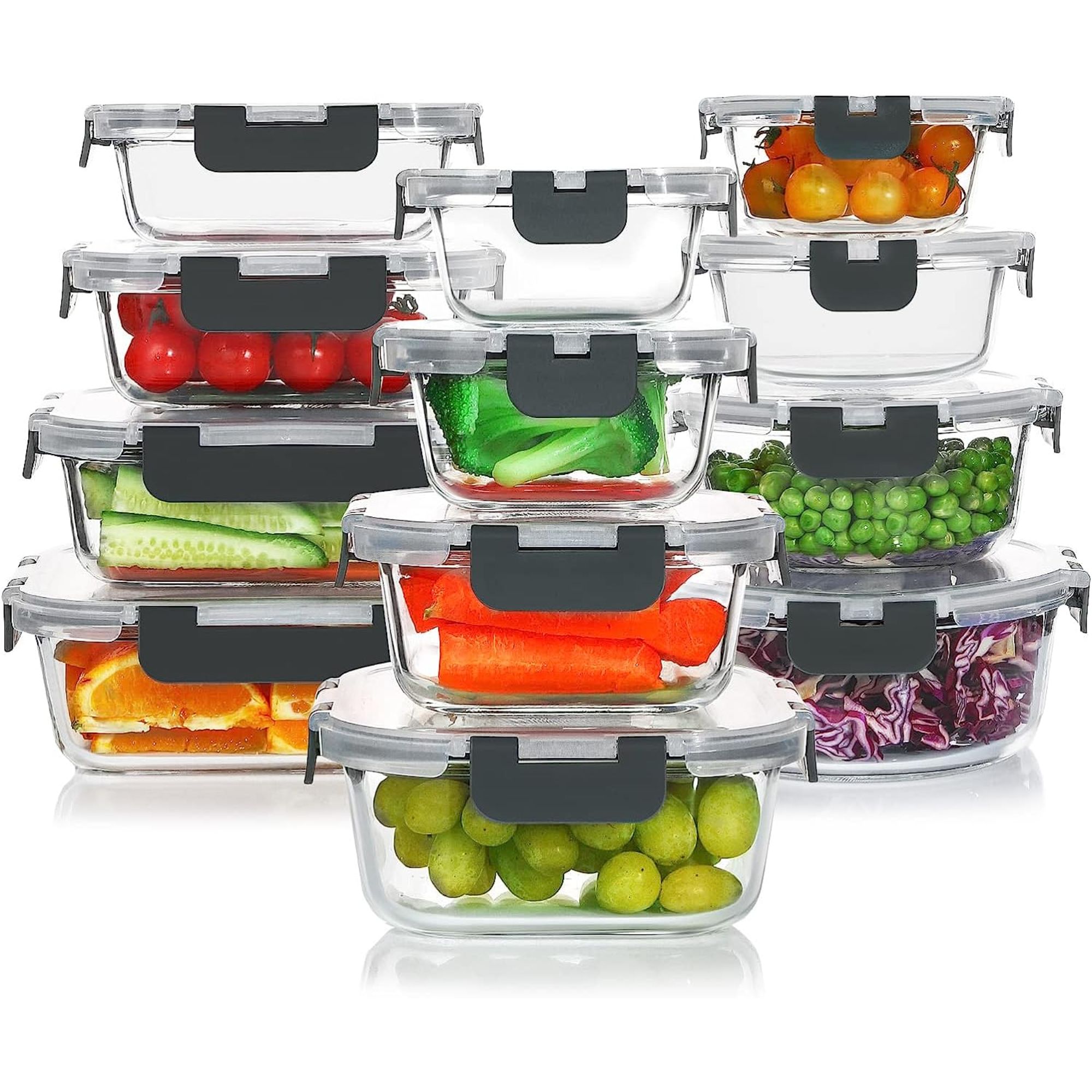
$29.98
These airtight food storage containers are the eco-friendly option for keeping food stored properly, whether in the refrigerator or pantry. You can label these to keep track of expiration dates and prevent food spoilage.
5. Improper use of dehumidifiers

While using a dehumidifier can control mold and dampness and maintain optimal humidity levels, heating expert Matthew Jenkins warns that dehumidifier mistakes and improper use can actually have the opposite effect.
'Placing the dehumidifier in the wrong location, too far away from the source of moisture, hinders the dehumidifier from removing moisture from the air, allowing mold-friendly conditions to persist,' he explains.
'Neglecting to clean and maintain your dehumidifier regularly can also lead to mold growth within the unit itself. Dust, dirt, and moisture can accumulate in the dehumidifier’s reservoir, providing an environment for mold spores to flourish.
'Additionally, it’s crucial to set your dehumidifier to the correct setting. Leaving it running continuously without monitoring can lead to excessively dry conditions –while it may seem counterintuitive, excessively dry air can cause certain materials such as wood to shrink or crack, causing small crevices where mold can take hold and grow.'
When in doubt, follow these expert tips:
- Choose the best place to put a dehumidifier, based on areas with excess humidity, moisture and your home's layout.
- Regularly clean your dehumidifier, and determine how often to change the dehumidifier filter based on your usage frequency and air quality.
- If you are unsure what setting is best for your room/conditions, consult the user manual.
6. Neglecting cleaning and general maintenance

'While this may seem like common sense, a lack of cleanliness and proper upkeep of carpets and furniture can lead to mold forming – especially in the winter months,' warns David Chapman, owner of Ultimate Mats. 'Deep cleaning carpets and furniture with baking soda can help to encourage a fresher, cleaner scent throughout the home and help to keep mold at bay.'
Clean areas where moisture forms or with food debris to minimize the accumulation of organic matter where mold can thrive. Pay attention to hidden corners and often neglected areas, such as hidden moldy spots in the kitchen.
7. Using the incorrect cleaning products

'Using bleach to kill mold is ineffective at dealing with indoor contamination and can adversely affect indoor air quality,' warns Michael Rubino. 'Bleach can leave particles like mold spores and mycotoxins behind, particularly on semi-porous and porous surfaces. As an added problem, it can create hazardous gases when combined with other chemicals. For example, mixing bleach with ammonia creates chloramine gas.
'Do not use bleach to eliminate mold growth in a home. While it may kill colonized mold (and that’s not even a guarantee), it won’t eliminate all the particles present, including dead mold particles, mycotoxins, and bacteria. It also leaves behind the root system. We must remove the roots, like a weed, or it can grow right back.
'Additionally, cleaning with regular household rags can leave particles like mold spores behind, allowing them to build up within our environment,' he explains. 'Instead, use microfiber towels because they’re 100 times more effective at removing particles than a cotton towel.'
We recommend these HOMEXCEL microfiber cloths, from Amazon.
8. Overwatering indoor plants

Overwatering indoor plants can create excess moisture, promoting mold growth in the soil and surrounding areas. Be mindful of your watering habits and allow the soil to dry out between watering sessions to prevent mold from thriving
FAQs
Does heat kill mold?
'High heat is enough to kill most living organisms in our homes, including mold. That being said, simply killing the organism is insufficient to deal effectively with the contamination present,' says Michael Rubino, Founder of HomeCleanse.
'As the Environmental Protection Agency (EPA) and Occupational Safety and Health Administration (OSHA) say: 'Dead mold may still cause allergic reactions in some people, so it is not enough to simply kill the mold, it must also be removed.'
'While heat may kill the colonized mold, it won’t eliminate all of the particles present. Dead mold particles have to go so that exposure does not continue,' continues Rubino. 'Additionally, other contaminants present, such as mycotoxins and bacteria, must be removed as well. If they continue to exist in the environment, exposure will continue, allowing any adverse health effects to persist.'
As well as avoiding these bad habits, actively engaging in preventative actions will reduce the risk of mold developing. For example, promptly address leaks and damp areas in bathrooms and kitchens. Utilize moisture barriers to ensure your roof, windows, and foundations are sealed and draining properly, blocking water intrusion that feeds mold. Address and remedy any signs of wear and tear like cracked caulking or compromised flashing as soon as possible.
Sign up to the Homes & Gardens newsletter
Design expertise in your inbox – from inspiring decorating ideas and beautiful celebrity homes to practical gardening advice and shopping round-ups.

Lola Houlton is a news writer for Homes & Gardens. She has been writing content for Future PLC for the past six years, in particular Homes & Gardens, Real Homes and GardeningEtc. She writes on a broad range of subjects, including practical household advice, recipe articles, and product reviews, working closely with experts in their fields to cover everything from heating to home organization through to house plants. Lola is a graduate, who completed her degree in Psychology at the University of Sussex. She has also spent some time working at the BBC.
-
 How to fertilize magnolias – garden experts reveal the secrets to better blooming, and timing is critical
How to fertilize magnolias – garden experts reveal the secrets to better blooming, and timing is criticalMagnolias are famed for their spring flowers, and feeding at the right time can give trees a boost
By Thomas Rutter Published
-
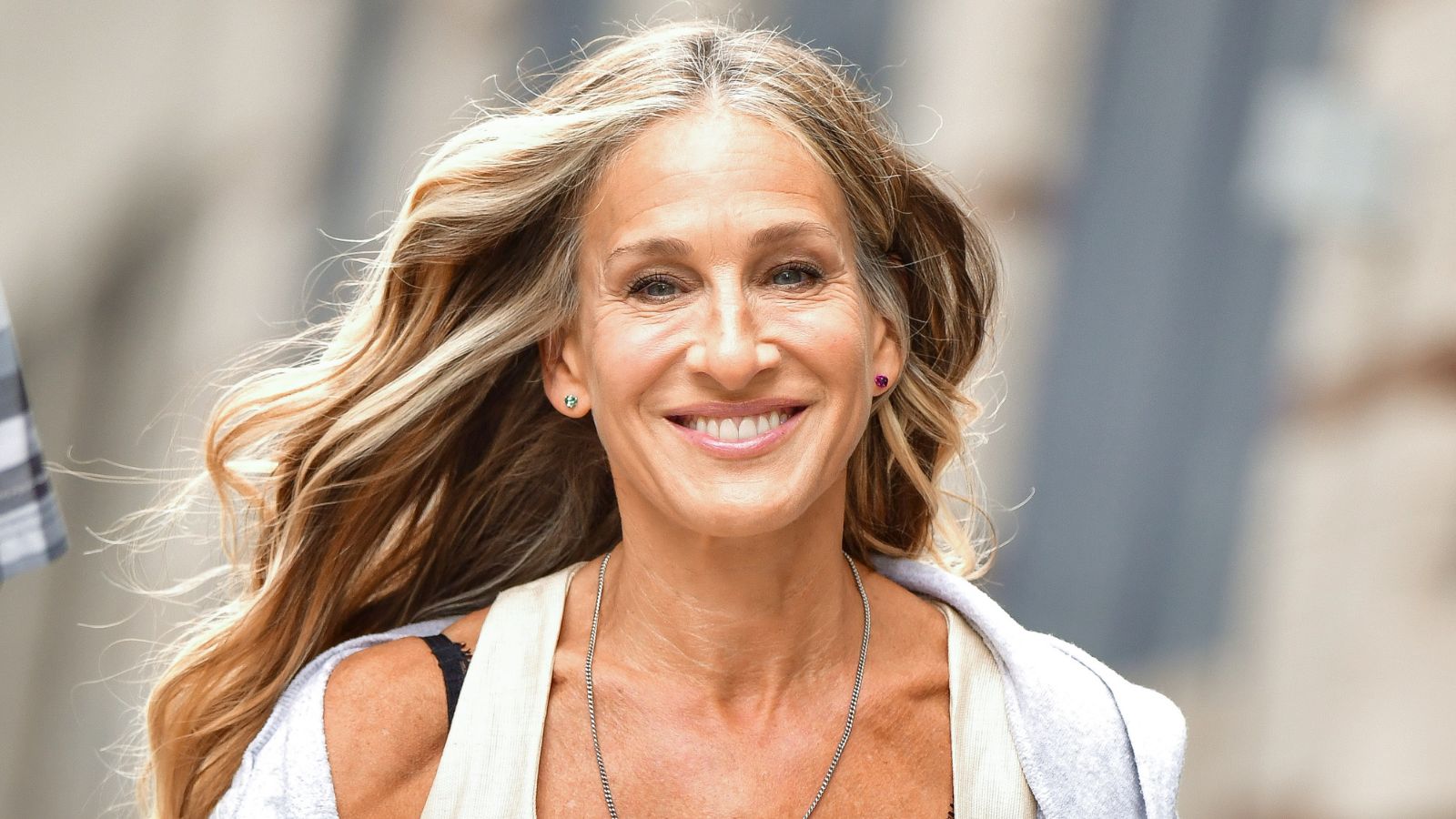 Sarah Jessica Parker's spring tablescape epitomizes lived-in luxury with art deco candle holders and a statement tablecloth – it's easy (and affordable) to recreate
Sarah Jessica Parker's spring tablescape epitomizes lived-in luxury with art deco candle holders and a statement tablecloth – it's easy (and affordable) to recreateKick off the season right with a warm table that invites guests into your home by emulating Sarah Jessica Parker's luxe and cozy scheme
By Sophie Edwards Published

